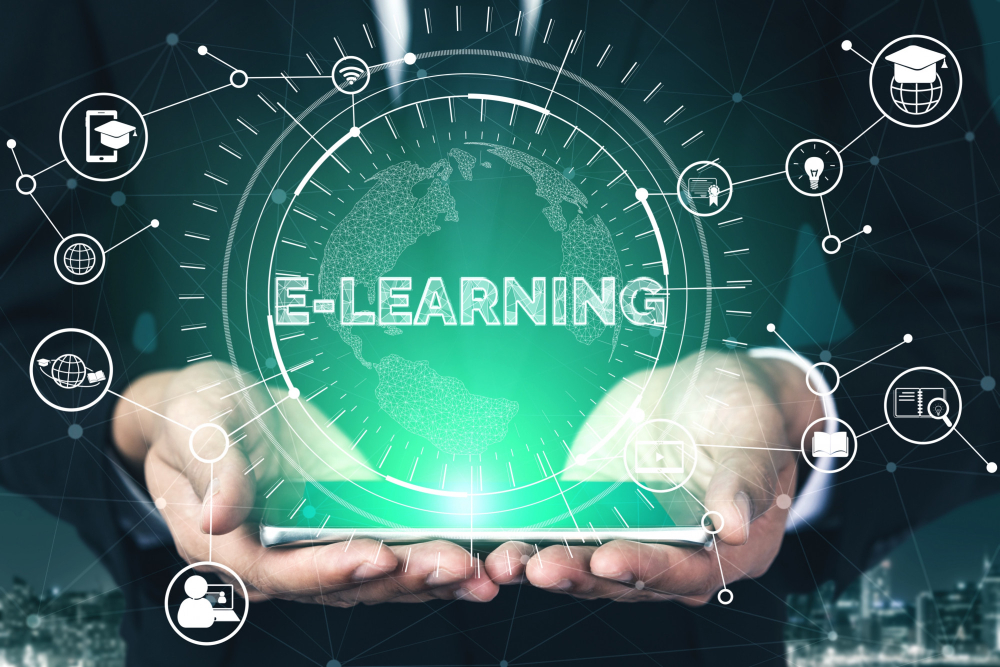In the ever-evolving landscape of employee development, eLearning has become a crucial tool for organizations aiming to enhance their workforce’s skills and capabilities. This month, new trends are emerging, shaping how organizations approach eLearning to ensure their employees stay competitive and competent. Let’s explore the top five eLearning trends that are revolutionizing employee development.
The first trend making waves in eLearning is microlearning. This approach involves delivering content in small, manageable chunks, allowing employees to grasp concepts quickly and efficiently. Microlearning is particularly effective in catering to the shrinking attention spans of today’s workforce. By breaking down complex information into bite-sized lessons, employees can focus on one concept at a time, facilitating better retention and understanding. Organizations implementing this strategy find that employees are more engaged and motivated as they experience less cognitive overload.
The second significant trend is the integration of artificial intelligence in eLearning systems. AI is transforming the way personalized learning paths are created, ensuring that each employee receives training tailored to their needs and performance. Adaptive learning platforms analyze individual learning behaviors and provide recommendations to bridge skill gaps. This level of customization fosters a more effective learning experience, as employees receive content that aligns perfectly with their professional development goals. As AI develops further, its role in crafting immersive eLearning experiences will expand.
Social learning has emerged as the third key trend this month. Harnessing the power of social collaboration, eLearning platforms are incorporating features that enable employees to interact, share knowledge, and collaborate on projects. This not only facilitates peer-to-peer learning but also creates a sense of community among employees, fostering a collaborative work environment. By leveraging social learning platforms, companies can enhance knowledge transfer and mentorship, resulting in a more cohesive and informed workforce.
The fourth trend gaining traction is the rise of immersive learning technologies like virtual reality (VR) and augmented reality (AR). These technologies create simulated environments where employees can practice skills in a safe and controlled setting. Immersive learning experiences are particularly beneficial for industries like healthcare, aviation, and manufacturing, where hands-on experience is crucial. By engaging learners in realistic scenarios, VR and AR reduce the risk of errors in real-world applications, effectively boosting employee confidence and competence.
Finally, mobile learning continues to shape the landscape of eLearning. With the proliferation of smartphones and tablets, employees can access training materials on-the-go, allowing for a more flexible learning schedule. Mobile learning platforms provide the convenience and accessibility needed in today’s fast-paced environment, enabling employees to learn at their own pace without being tied to a desk. As a result, organizations see improved learning outcomes, as employees appreciate the ability to balance training with their daily responsibilities.
As organizations strive to stay competitive, embracing these eLearning trends is essential for cultivating a capable and adaptable workforce. By implementing microlearning, AI-driven personalization, social learning, immersive technologies, and mobile learning, businesses can ensure their employees are not only equipped with the necessary skills but are also engaged and motivated to succeed. These trends are not just shaping the present landscape of eLearning but are setting the stage for a future where employee development is more dynamic, personalized, and effective than ever before.
